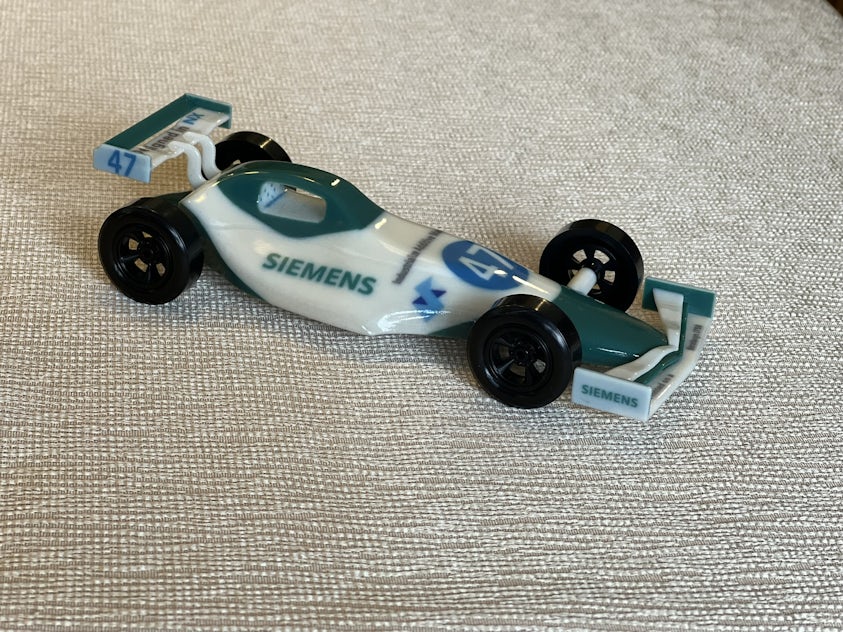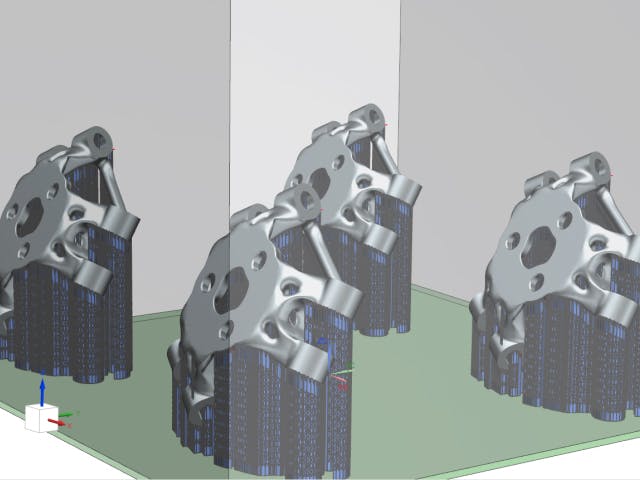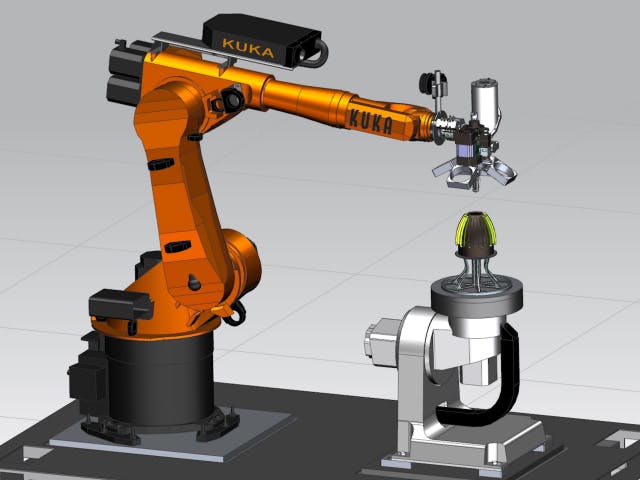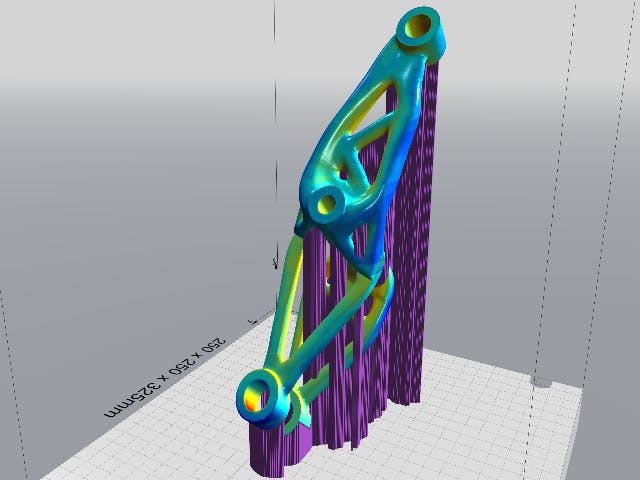La inyección de aglutinante es una categoría de técnicas de fabricación aditiva (AM) que utilizan cabezales de impresión de inyección de tinta para depositar selectivamente un agente adhesivo líquido sobre material en polvo para formar objetos sólidos en 3D. Debido a que las moléculas de polvo se unen mediante una reacción química adhesiva en lugar de fundirse o sinterizarse a partir de la energía térmica aplicada, las técnicas de inyección de aglutinante son distintas de las técnicas de fusión de lecho de polvo .
La impresión por inyección de tinta se conoce comúnmente como un tipo de impresión 2D que recrea una imagen impulsando gotas de tinta sobre el papel. El proceso de inyección de aglutinante funciona de manera similar, pero utiliza adhesivo líquido en lugar de tinta y sustrato en polvo en lugar de papel. Primero, se extiende una fina capa de polvo sobre una plataforma de construcción. Siguiendo las instrucciones proporcionadas por un archivo CAD , el cabezal de impresión se mueve hacia adelante y hacia atrás sobre la plataforma y deposita selectivamente gotas de material adhesivo para endurecer las áreas de polvo. A continuación, la base de impresión cambia de altura, se extiende otra capa de polvo por toda la sección terminada y el proceso se repite capa por capa hasta que el objeto está completamente impreso.
La inyección de aglutinante es un proceso de fabricación aditiva versátil que es compatible con una amplia gama de adhesivos y materiales en polvo. Al añadir tintes al adhesivo y utilizar cabezales de impresión adicionales, la inyección de aglutinante es una de las pocas técnicas de fabricación aditiva que puede imprimir objetos multicolores, lo que la hace ideal para aplicaciones estéticas como maquetas arquitectónicas o modelos decorativos. Sin embargo, las piezas resultantes tienen poca densidad y tienden a ser estructuralmente débiles, por lo que normalmente no se recomienda la inyección de aglutinante para crear piezas que deban soportar cargas o soportar tensiones mecánicas. Por sí solo, la inyección de aglutinante es un proceso rápido y económico. Pero, dependiendo de la aplicación, el posprocesamiento de las piezas impresas puede añadir mucho tiempo y costes al proceso general.
Productos relacionados: Plano fijo NX AM | NX AM Multieje | Optimizador de compilación NX AM



